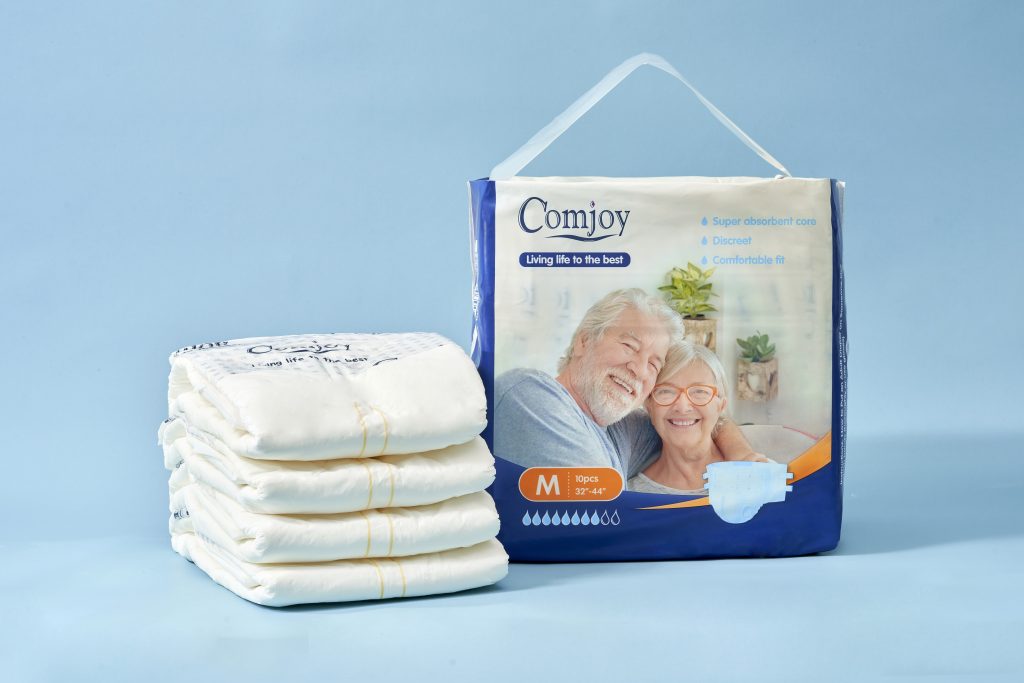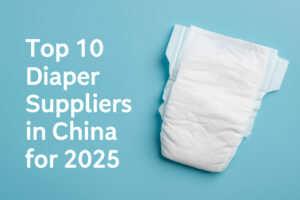Adult diapers (also called incontinence briefs) play a vital role in modern patient care, with 35% of nursing home residents and 15% of hospitalized adults requiring continence management solutions (CDC, 2022). For healthcare providers, selecting and implementing proper incontinence products isn’t just about dignity preservation – it’s clinical decision-making impacting skin integrity, infection control, and quality of life. This evidence-based guide equips medical professionals with actionable insights to optimize adult diaper use in clinical settings.

Why Proper Incontinence Management Matters
- Prevention of Complications
- 60% of incontinence-associated dermatitis cases stem from improper product selection (Journal of Wound Care, 2021)
- Reduces UTI risks by maintaining dry perineal environments
- Economic Impact
- Hospitals spend $381 annually per patient on incontinence care (NIH Report)
- Appropriate product selection reduces linen costs by up to 40%
- Quality of Life Factors
- Maintains patient mobility and social engagement
- Reduces caregiver strain during repositioning
Selecting Medical-Grade Adult Diapers: 5 Key Considerations
- Absorbency Levels
- Light vs. Moderate vs. Heavy incontinence
- Look for SAP (Super Absorbent Polymer) core technology
- Skin Health Features
- pH-balanced top sheets
- Breathable back sheets preventing maceration
- Wetness indicators for timely changes
- Mobility Compatibility
- Stretchable side panels for active patients
- Low-bulk designs under clothing
- Eco-Conscious Options
- Biodegradable materials gaining popularity
- Sustainable Incontinence Products Guide (External link to government resource)
- Cost-Effectiveness
- Compare per-unit costs vs. leakage-related expenses
- Bulk purchasing programs from manufacturers
Clinical Best Practices for Diaper Use
- Proper Fitting Techniques
- Use HIPAA-compliant body measurement charts
- Allow two-finger space at waist for circulation
- Change Frequency Guidelines
- Every 2-4 hours depending on output
- Immediately after bowel movements
- Skin Care Protocol
- Cleanse with no-rinse pH-balanced cleansers
- Apply moisture barriers per WOCN Guidelines (Authority link)
- Documentation Tips
- Track output volumes in EMR systems
- Note skin condition during changes
Addressing Common Clinical Challenges
Q: How to handle resistant patients refusing diapers?
A: Frame as “protective underwear” and involve in product selection
Q: What if allergic reactions occur?
A: Switch to fragrance-free, chlorine-free options and consult dermatology
Q: When to consider alternative solutions?
A: For recurrent leaks, explore external catheters or bowel management systems
Innovations Shaping the Future
- Smart diapers with moisture sensors syncing to nurse call systems
- Antimicrobial liners reducing CAUTI risks
- Medicare coverage updates under Part B for eligible patients
Conclusion
Effective adult diaper management requires clinical expertise in product selection, skin science, and patient communication. By staying informed about latest advancements through resources like Agency for Healthcare Research and Quality, healthcare teams can transform routine incontinence care into powerful tool for infection prevention and dignity preservation.





